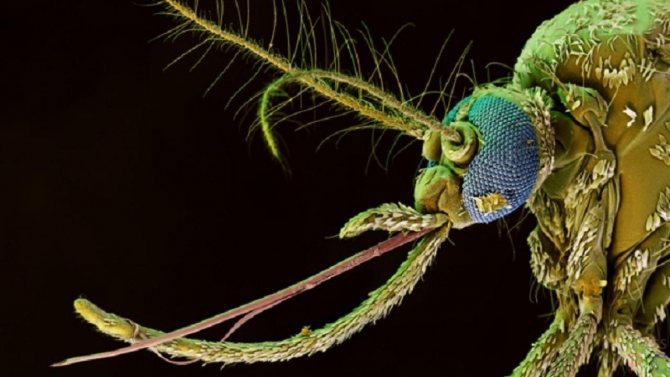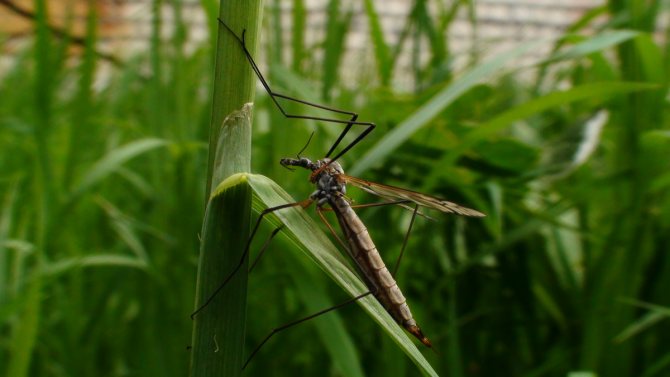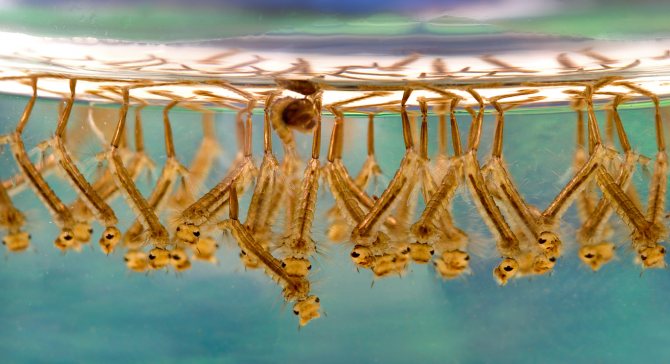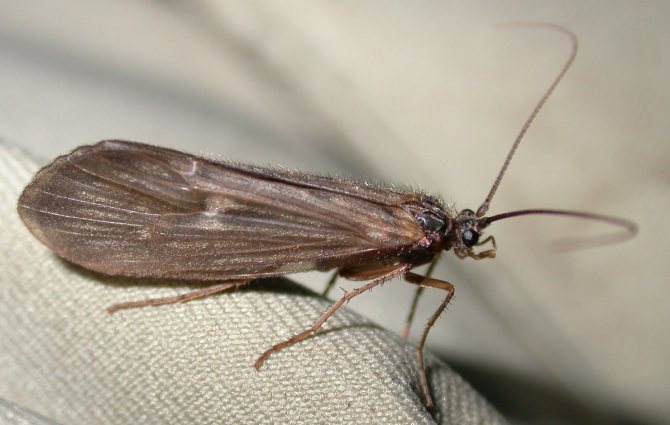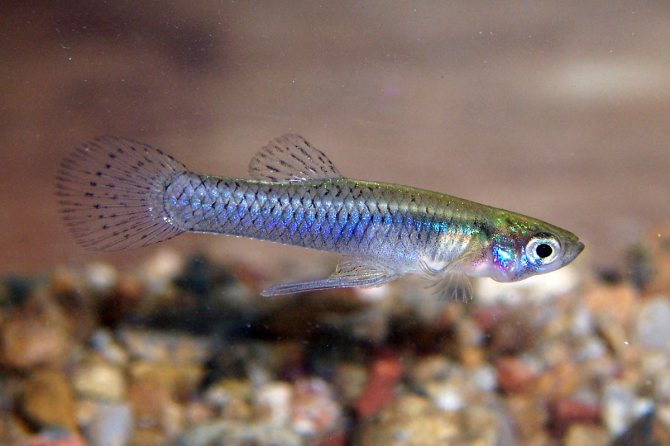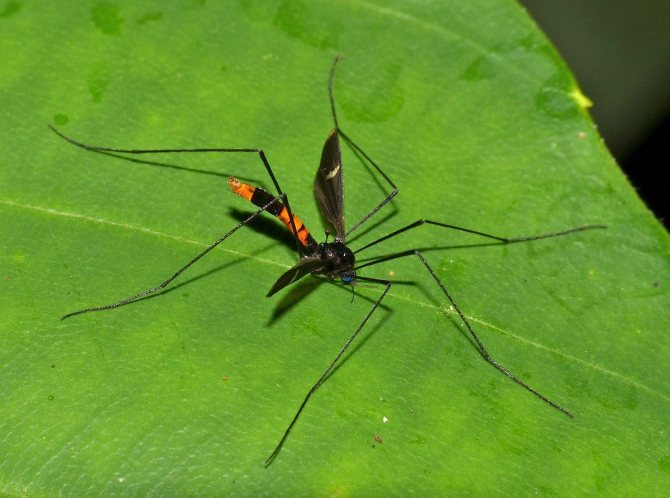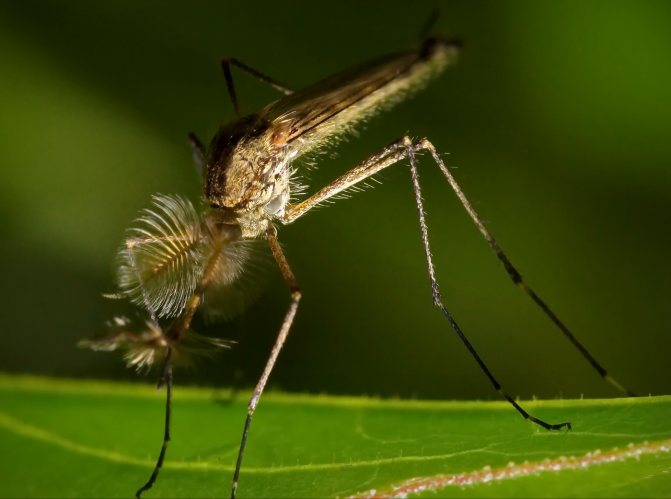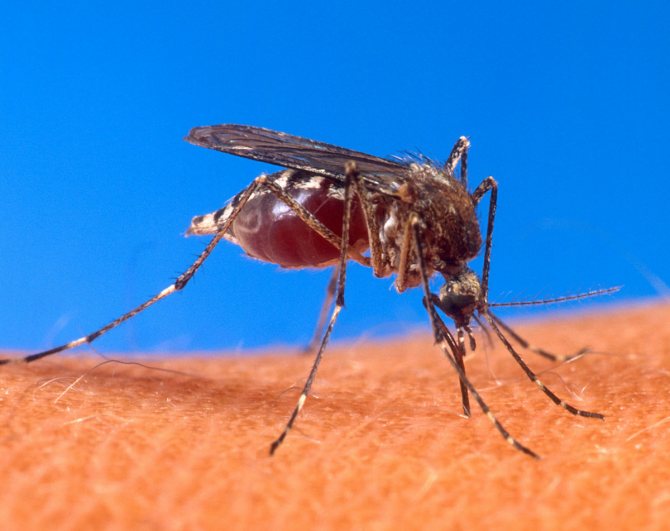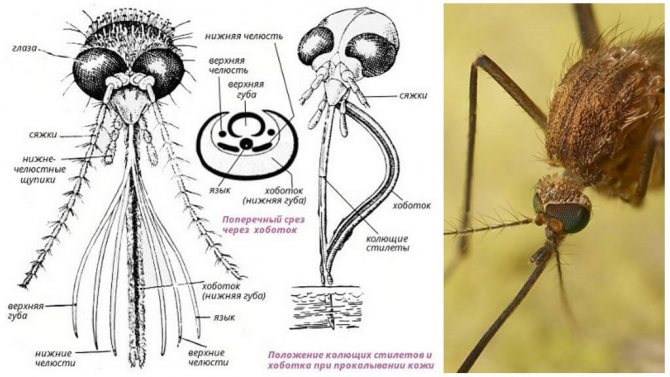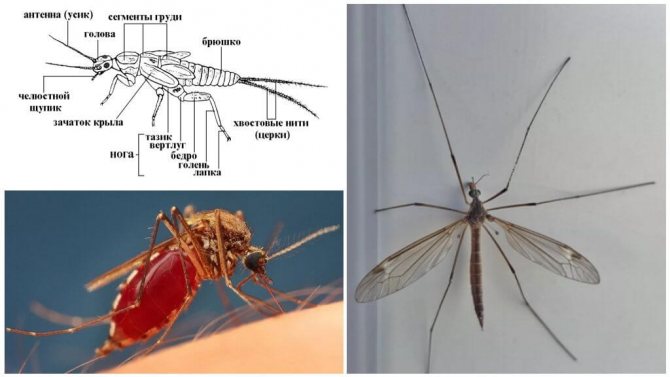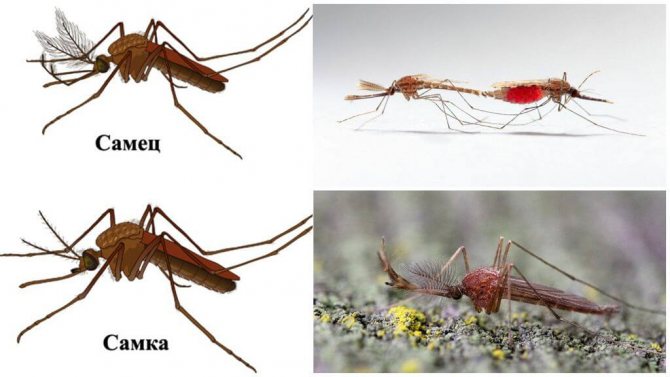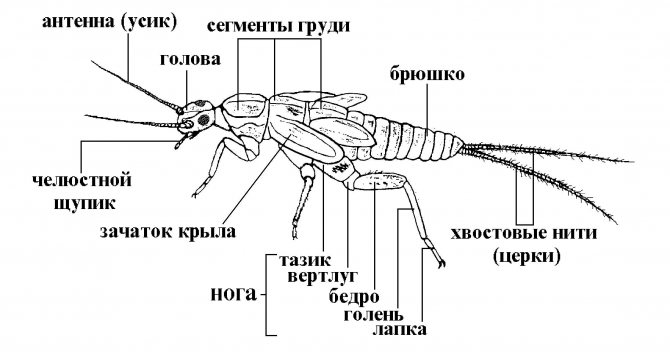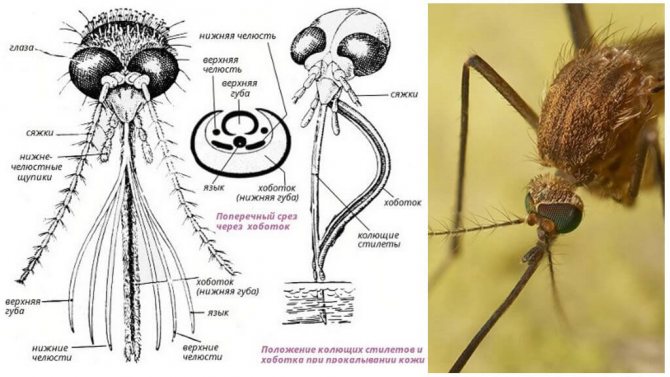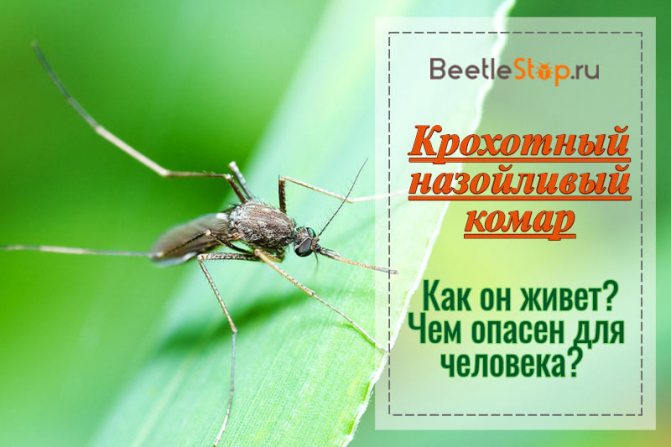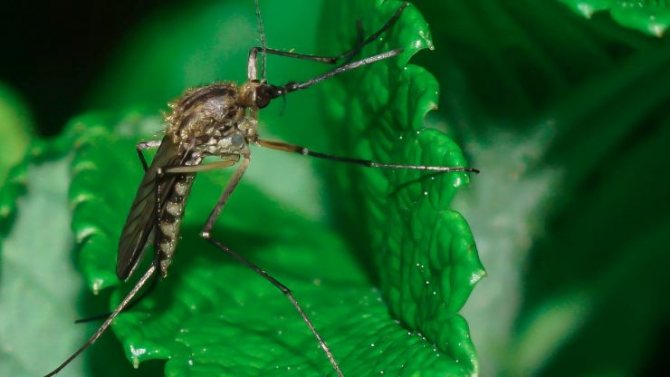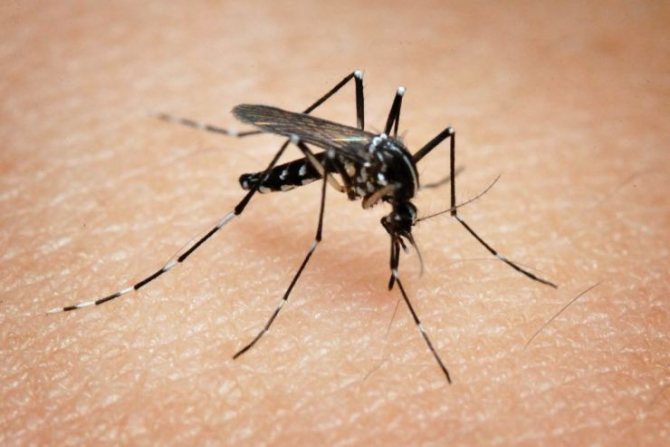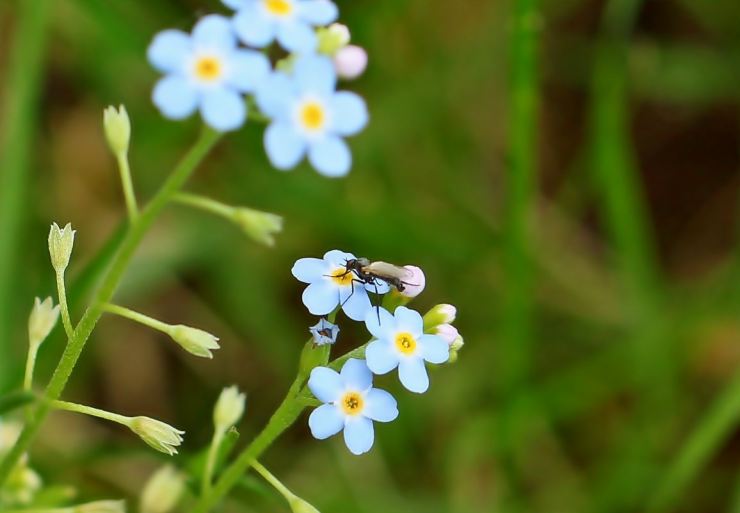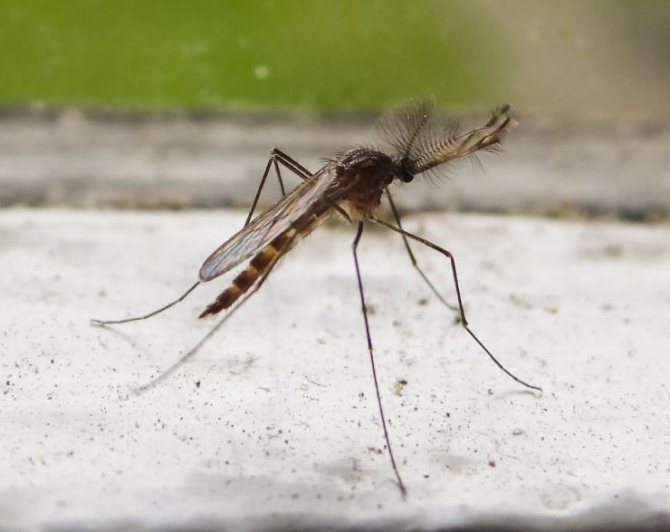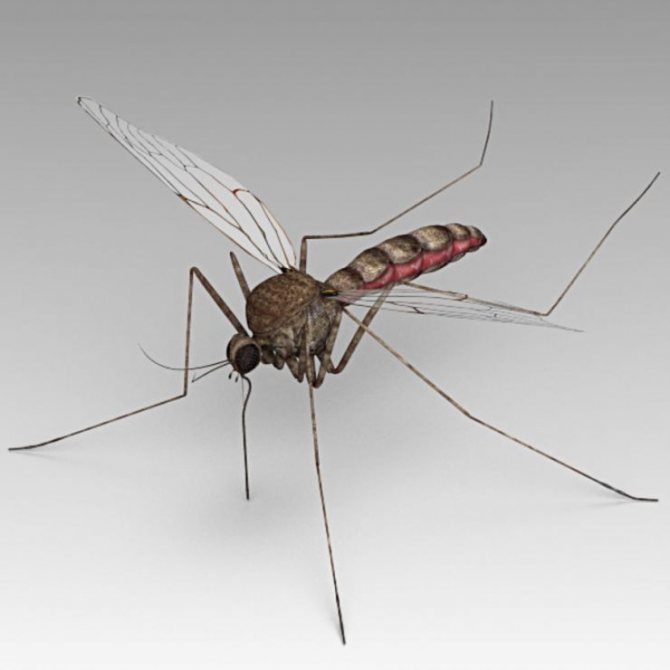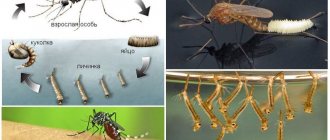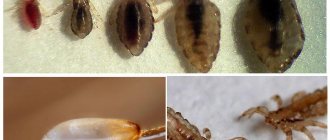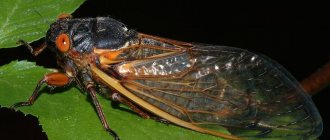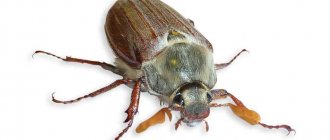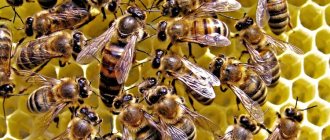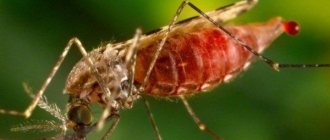Why do they bite us and how it affects mosquito breeding
The fact is that lactic acid is part of human sweat, bloodsuckers feel it at a great distance. For this reason, mosquitoes torment people the most during the hot season. Being bitten, people, without knowing it, spur the reproduction of mosquitoes and create very comfortable conditions for them. Thanks to the saturation of mosquito females with blood, a new population of viable and strong individuals appears.
Not everyone knows, but mosquitoes breed even if they do not bite people or animals. In this case, they have to expend the resources of their own bodies to form eggs. As a result, the offspring of mosquitoes are born weak, and after laying, the insect itself dies. Until the time of laying comes, the female constantly returns to the victim, and bites her, after each digestion of blood.
In order to get rid of mosquitoes, you need to start with the original cause of the inconvenience: reproduction. Understanding how mating takes place and what individuals eat will help to choose the right place to travel. And to avoid many problems. Mosquitoes are harmful to humans, and learning how mosquitoes breed is a good start to effectively control mosquitoes.
Reproduction
Not many people know that the female, just like the male, can easily get by with the nectar of flowers in order to be satiated and not die of hunger. But in order for it to continue its race and produce offspring, it needs saturation with blood.
The female attracts males to mate with a characteristic squeak. The halteres that they have left after the second pair of wings are capable of emitting a squeak, and not a rough buzz, since they are very small in size. If there is a swarm of mosquitoes nearby and a squeak is heard from there, then the females are ready for breeding and of course they need blood.
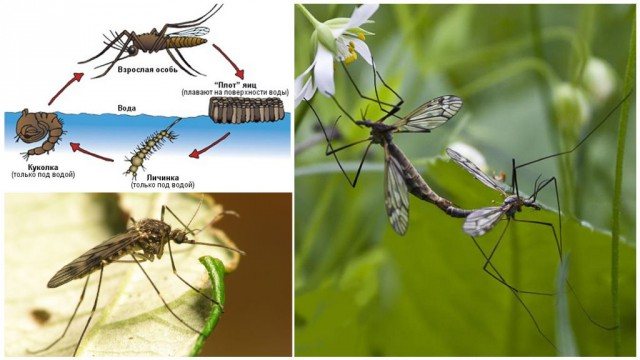
These small insects remain a mystery to scientists to this day; many studies have not made it possible to study them to the end and reveal all the secrets of their life. But at the same time, we managed to get questions to the main questions, for example, why they squeak, why only females bite, do they have a heart and how many teeth they have. If you learn a little more about them, then they will surely surprise anyone.
Mosquito mating process
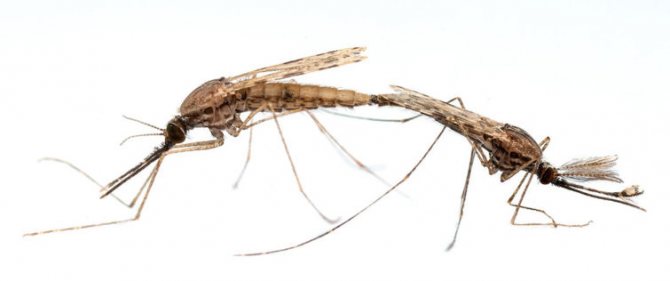

- An ideal place for mating is a stagnant body of water, males congregate near them and wait for the female.
- Females emit a thin squeak, thereby attracting males, who feel it with the help of antennae; they make this characteristic sound with their wings.
- Individuals gather in a swarm, in which only male mosquitoes move, they drag a female into it and mating takes place.
- The female, which is inside the swarm, is fertilized by the male mosquito that first grabbed it.
The process lasts a very short time, at the end the mosquito returns to the rest of the males. The internal genital organs are hidden in the body of a mosquito, in females these are the ovaries and ovipositor, in the form of a short tube, and in males these are the testes. Fertilization also takes place inside, during intercourse, the sperm of the mosquito enters the female, into her reproductive tract.
Digestive tract
As strange as it may sound, the digestive tract of mosquitoes begins precisely from the head.The oral apparatus is connected to the anterior intestine, which, in turn, is divided into the pharynx, which expands to the brain and afterwards.
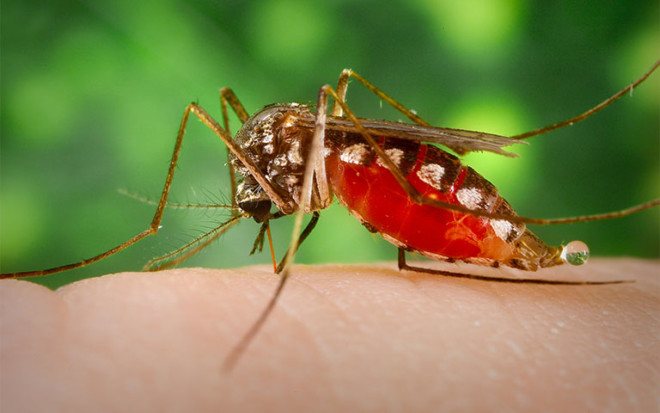

The anterior gut has three esophageal appendages and two salivary glands. But they do not perform any digestive functions, they are saving reservoirs of food and water reserves, so the insect can do without a food source for a long time.
When there is no food source for a long time, the reserves end up in the stomach, in which the process of processing and assimilation of food takes place. There is also a small intestine and a rectum.
What happens after fertilization of a female
The female mosquito feeds on the blood of mammals very actively, as this is required by the process of development and formation of eggs. The male does not have special piercing bristles inside the proboscis, so he remains a vegetarian. With the oral apparatus of a male, it is simply impossible to bite. In females, the oral apparatus is fully formed, they penetrate the skin and inject a special secret into it that prevents blood coagulation. After mating, the females lay eggs on the surface of the water.
There are two ways females lay their eggs:
- Separately, one egg at a time
- "Packs" of eggs glued together.
Their number is usually from 150 to 400. Female mosquitoes can lay about 1200 eggs over their entire life span. After the breeding process, the male mosquito dies. Females lay eggs every 2-3 days during their active period.
Anatomy
If scientists have not yet fully studied this small insect and there are many questions left, then all the details are known about their structure. At first glance, such a "primitive" creature without any special structure is very complex. Their little body has almost all the internal organs, like those of higher mammals.
Regardless of the type of mosquito, they all have similar external signs. They have a small thin body, the length, depending on the type, reaches 4-14 mm. All individuals have thin, long legs and transparent wings. Narrow wings can have a span of 5 mm to 3 cm, which also depends on the specific species. The color of the body is gray, brown or yellow, there are species that have rare colors, black and green.
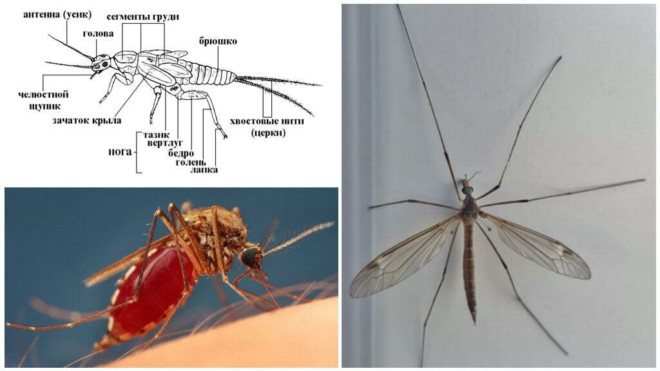

The structure of the mosquito is divided into head, chest and abdomen. Individuals have six legs, the abdomen is always smaller in size than the chest. The chest is divided into 10 segments. When bloodsucking is saturated, the abdomen swells and increases significantly in size, therefore, saturated individuals have a larger abdomen.
Mosquito development stages


Egg
Mosquitoes prefer places with a lot of plant debris, such as muddy banks. For unimpeded reproduction, it is important that there are no waves, otherwise the eggs will not hatch. A threatening number of mosquitoes appear in early summer when temperatures are high. After winter, the pupae, which have turned into mosquitoes, quickly begin the mating process. There is a massive laying of eggs, 20-30 eggs at a time. The warmer the water, the faster the incubation period occurs. It takes at least 40 hours for the eggs to hatch.
Larva
After the eggs hatch, the saturated part of the mosquito's life cycle begins. The mosquito larva develops sequentially, in a number of molts. The outer shell of the mosquito larva sheds three times during development. Metamorphosis during the development of a mosquito includes four stages. The larvae swim alone in the water and feed on energy very intensely. They have an oral apparatus and active brushes inside it. If it is warm around and there are no fry that feed on larvae, then future mosquitoes will grow rapidly. This is the most important stage in development. The larvae hang at the very surface of the water in a calm state. Their diet includes a variety of microscopic organisms, unicellular algae, parts of rotting plants.
Chrysalis
After the larvae reach their maximum size, pupation takes place inside the shell. During this stage of development, mosquitoes do not feed, they develop, thanks to the reserve of energy that they gained while still being a larva, and pupae breathe, thanks to the tubes that go out. A movable abdomen with a tail, extending from the cephalothorax, allows you to swim away from danger. The pupa looks like a small tadpole, only the abdomen remains free of the shell, the front part of the body is covered with a common shell. The curvature of the body resembles a comma. The pupa in the water exposes the front end of its body, and not the rear, unlike the larva, and is suspended on the surface. The color of a newborn mosquito is almost black. Pupae, which have already matured, burst above the water, and adults are born from them. Until the wings dry up and unfold, the mosquito does not fly up into the air, but clings to the pupal shell left by it.
Adult
The last stage in the life cycle of a mosquito is its transformation from a pupa to an adult. They are called imago. The only purpose of a sexually mature and fully formed individual is to reproduce offspring. It is impossible to say exactly how long the life cycle of a mosquito lasts, since this is influenced by the diversity of species, the different conditions in which individuals live, it is important how much the environment is filled with food for the larvae, the rate of transformation into a pupa depends on this.
Circulatory system
The entire circulatory system is supported by the work of the heart and diaphragm. In other words, blood is pumped, but there is no separate system. If you wondered if a mosquito has a heart, then the answer is unequivocal - no.
There are no hearts in our usual understanding, they have it in the form of a muscular tube, similar to the trachea, which plays the role of the heart and provides blood circulation in the body. This tube is located between 1-7 abdominal segments. Interestingly, the blood of the insects themselves is colorless.
Interesting facts about mosquitoes
When a female chooses a prey for herself, she is guided not only by the smell of lactic acid, but also by the carbon dioxide exhaled by humans or any other mammal. Also, the female mosquito reacts to light, preferring dark rooms, which is why they are mainly nocturnal. Males live less time than females, an average of 19 days.
Knowing the developmental characteristics and how mosquitoes breed, you can begin to apply measures to eliminate them. The total destruction of mosquitoes is called pest control. You can fight insects in both closed and open spaces. It is necessary to cut off oxygen to the larvae. An eradication process will be effective, which includes killing mosquito populations both outdoors and indoors. It is necessary to eliminate dampness in the premises. Most often, juveniles develop in basements.
Previous post What does the uterus of a domestic ant look like: photo and description
Next Post Black cockroach - how it can be recognized and destroyed
Food
Only the female feeds on the blood of animals and humans. She needs protein, which is used for reproduction, maintenance, full activity.
Females find a source of blood quickly, they feel it by the outgoing heat and by the smell of carbon dioxide that a person or animal exhales.
But mosquitoes bite and drink not only human blood, they can attack wild animals in the forest. Livestock in the countryside, rodents, and even birds. An individual weighing 2.5-3 mg at a time can drink up to 5 mg of blood.
Mosquitoes also eat plant sugars. They are extracted from plant nectar, which contains useful nutrients.
The latter are required to replenish strength and energy.Insects prefer the following plants:
- burdocks;
- flowering tansy;
- yarrow broadleaf.
Significance to nature
For us, they are annoying bloodsuckers who are able to enter the house through any holes, cracks, and arrange a restless night for the tenants. But in fact, they are irreplaceable and very important insects in the natural environment. Due to the fact that they cannot exist without water, beneficial microbes, bacteria and microorganisms accumulate in their bodies. When the mosquito dies, all these useful trace elements and substances end up in the soil, which fertilizes and enriches it.
In areas where the soil is sufficiently rich due to natural conditions, such benefits are not so noticeable, but for the taiga these little workers are simply irreplaceable. They are the only ones who annually carry nitrogen, phosphorus and calcium on their little paws.
They are part of a stable food turnover, since at all stages they are feed for animals, birds and fish. Do not forget that they feed on nectar, and this, in turn, contributes to the pollination process, since they carry pollen on their proboscis and legs.
At first glance, annoying and such a simple bloodsucking, in fact, it is an amazing creature that, bringing inconvenience to humans, plays a very important role in natural processes.

